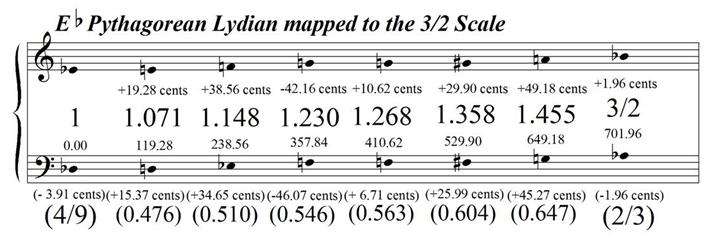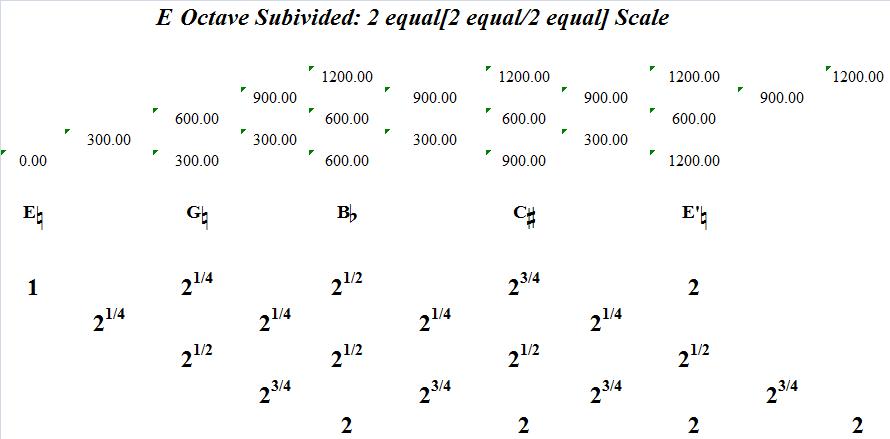 John Schneider
John Schneider @
Fine Arts Recital Hall,
University of Maryland Baltimore County, Baltimore, MD
Thursday, February 22, 2008
John Schneider: guitars, voice, adapted viola
Lou Harrison:
Serenade for just intonation classical guitar
Lou Harrison:
Suite for National Steel GuitarJohn Schneider:
Men are Men & Mountains are Mountains (In memoriam James Tenney) for electric guitar
Harry Partch:
Barstow: Eight Hitchhiker's Inscriptions for voice and adapted guitar
Terry Riley:
Quando Cosas Malas caen del Cielo, from
Book of Abbeyuzzud for just intonation classical guitar
Harry Partch:
Lyrics of Li Po for voice and adapted viola
John Schneider:
Lament for Pythagorean classical guitar
Lou Harrison:
Scenes from Nek Chand for National Steel Guitar
There is a particular shape, a feeling for the materials of sound, that marks the inspired tribute to James Tenney. For those who knew Tenney as a composer, mentor and friend that form bears an unmistakable sense of love and recognition. With
Men are Men & Mountains are Mountains John Schneider has tapped into a feeling of sound matter that does great homage to a figure many of us miss. With koan-like patterns along the open strings of an electric guitar Schneider continually turns the pegs to re-tune those strings toward "pure" intervals as a blossom of harmonic growth takes shape. The meditative process makes for a clear offering for one who has opened ears and awakened minds with similar, breathtakingly simple means. That such unfolding should emanate from the only instrument with "standard" frets and amplification in use for this concert felt suitably Tenney-esque.
The depression era troubador qualities of Harry Partch's
Barstow take on special vitality in the hands of John Schneider. The just-intervaled simulation of Doppler effect, accompanied by the hitch hiker's thumb and theatrical motion brings the despair and uncertainty of when that next ride might come along into sharp focus. The simple words of transients are immortalized and transformed into a poetry that speaks directly toward humanity.
With a program of music that makes clear the resources of just consonances and dissonances this was a music that is both familiar and endlessly surprising for me. This included a work from Terry Riley's
Book of Abbeyuzzud that was new to me and a performance of six of the
17 Lyrics of Li Po, a work that is incredibly important in shaping my personal sense of voice and text in music. John Schneider's easy manner in describing these tunings between pieces is nearly as inviting as the polished performances of such an important strain of new music.



















































